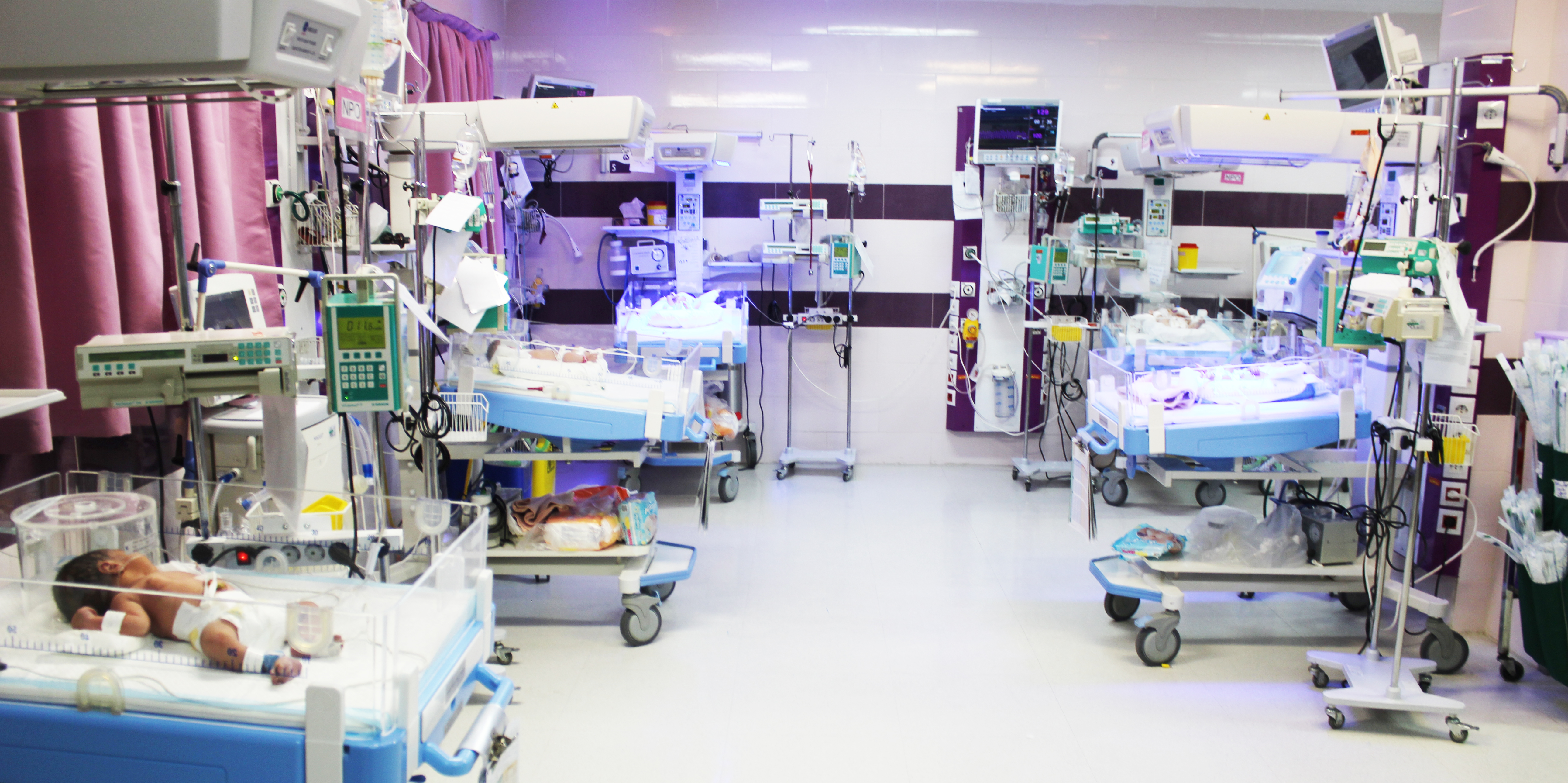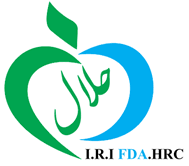What is Pulmonary Surfactant?
Pulmonary surfactant, is a surface-active lipoprotein complex (phospholipo-protein) which normally formed by type II alveolar cells in your body and is one of the most important part of respiratory system. Beraksurf® is a pulmonary surfactant and helps respiration mechanic by reducing surface tension and thereby increasing pulmonary compliance and also reducing likelihood of alveolar collapse during expiration.
Beraksurf®, contains two hydrophobic low molecular weight surfactant-associated proteins commonly known as SP-B and SP-C.
Composition of Pulmonary Surfactant
The composition of the natural pulmonary surfactant may vary with such factors as species, age, lung compartment, disease states, diet, method of isolation, and so on. Surfactant isolated from lung of healthy mammals consists of about 90% lipids and 10% proteins. Ten percent to twenty percent of the lipids are neutral and the remaining 80% to 90% is PL. About 80% of PL is phosphatidylcholine (PC), about 50% to 60% of PC is DPPC, and about 10% of PL is PG. There are also small quantities of phosphatidylethanolamine (PE), phosphatidylserine (PS), phosphatidylinositol (PI), and sphingomyelin (SM).
About a half of protein fraction of surfactant is composed of four surfactant-associated proteins: SP-A, SP-B, SP-C, and SP-D. Whereas SP-B and SP-C are extremely hydrophobic low-molecular-weight proteins, SP-A and SP-D are hydrophilic high-molecular-weight proteins from the protein family of Collectin. SP-A represents 4% of surfactant and SP-B and SP-C each make up less than 1%.
The proteins and lipids that make up the surfactant have both hydrophilic and hydrophobic reigns. By adsorbing to the air-water interface of alveoli, with hydrophilic head groups in the water and the hydrophobic tails facing towards the air, the main lipid component of surfactant, dipalmitoyl phosphatidylcholine (DPPC), reduces surface tension.
Endogenous pulmonary surfactant lowers surface tension on alveolar surfaces during respiration and stabilizes the alveoli against collapse at resting pressures. Deficiency of surfactant causes respiratory distress syndrome (RDS) in premature infants. Beractant is similar to the natural fluid in the lungs that helps maintain effective breathing. As an intratracheal suspension, it can be used for the prevention and treatment of neonatal respiratory distress syndrome.
Beractant is given directly into the baby's lungs through a breathing tube that is also connected to a ventilator (a machine that moves air in and out of the lungs to help your baby breathe easier and get enough oxygen).
When Beractant is used as a replacement for deficient endogenous lung surfactant, it is effective in increasing pulmonary compliance by lowering surface tension on alveolar surfaces during respiration and stabilizing the alveoli against collapse at resting trans pulmonary pressures.



